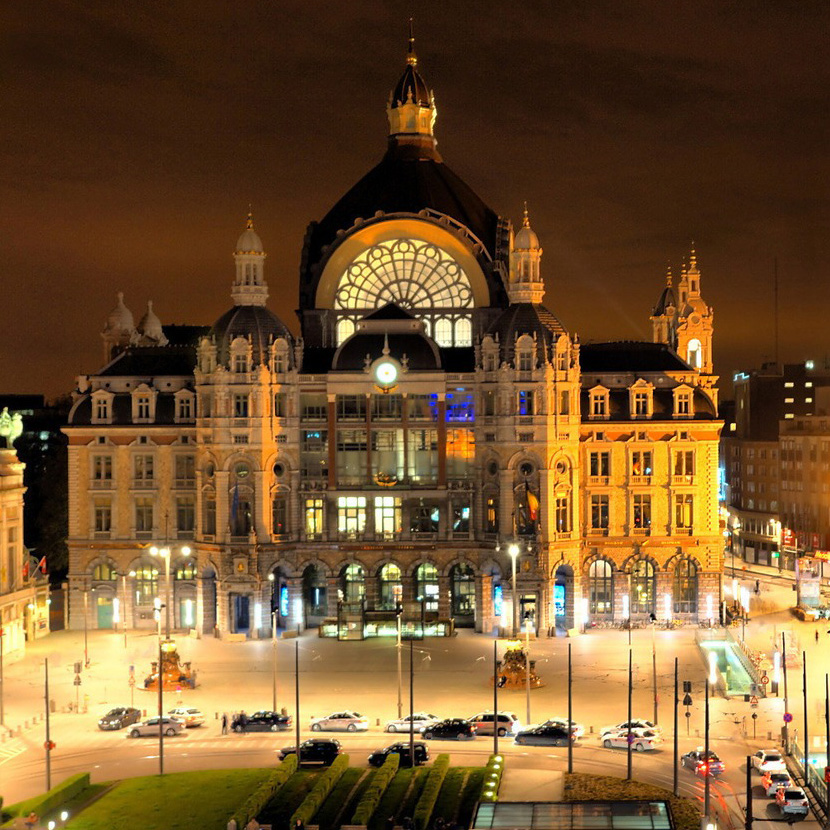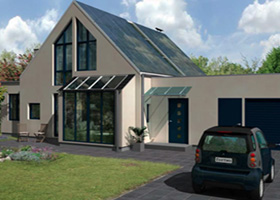A COMPANY COMBINING THE BEST EUROPEAN PRACTICES AND THE BEST EUROPEAN PRICES.
Passive passion
Brussels

With its new Energy Performance and Indoor Environment in Buildings Regulation, the Brussels Capital Region has adopted the targets of the European Energy Performance of Buildings Directive that calls for all buildings to be Nearly-Zero Energy Buildings by the end of 2020, 6 years ahead of time. Brussels' new regulation is based on the Passive House Standard, making it mandatory for all new builds as well as all retrofits as of January 2015.
Antwerpen

The province of Antwerp announced on 7 June 2013 its decision to apply the Passive House Standard in all public new builds and complete renovations. This is a concrete step towards the implementation of the EU's Energy Performance of Buildings Directive. This decision also supports the province's own climate plan, which aims to reach carbon neutrality by 2020.

Low Energy house
The low-energy house, according to the New Energy Performance and Indoor Environment in Buildings Regulation, reaches the maximal consumption in primary energy up to 50 kWh/m².year – although it varies though according to regions and altitude. The calculations are based on the consumption of so-called conventional primary energy: heating, cooling, ventilation, auxiliaries, production of domestic hot water and lighting facilities. The low-energy house meets the requirements for airtightness of the building with the obligation to measure the impermeability in the air. Similar to the electric appliances, there are seven classes ranging from economical housing (Class A) with an annual consumption of primary energy for heating, hot water and cooling below 51kWh/m2.year, up to a full energy housing (Class G). This indicator should be complemented by a breakdown between renewable and fossil fuels and an estimate of the cost in euros, including subscriptions and contributions to global warming in kg equivalent CO2 m2.year.

Passive house
A Passive House is a house that consumes very little energy so it is possible to live in it without a traditional heating solution. The need for primary energy for the cooling on one hand and for the heating on the other hand does not exceed 15kWh/m².year. This is more than 10 times less than existing buildings in Belgium or other countries. In total the energy needs (including heating, cooling, ventilation, auxiliaries, production of domestic hot water, lighting and appliances) must not exceed 120kWh/m².year.
- PH Certification Criteria
- PH Requirements

Active house
An Active house is a building that produces more energy than it consumes. This standard will be mandatory for all new buildings from 2020 on. For this scenario it is necessary to minimize the energy requirement by reducing first to a "passive" standard. Then the role of the inexhaustible sources - sun, wind, heat from the earth, waterfalls, tides or the growth of plants, which exploitation does not engender too much waste or polluting emissions comes to a play. Global energy requirements are growing. We need ever more power and heat. In Europe, buildings account for 40 percent of all primary energy consumption. The Active Homes (Energy Plus Homes) are the answer.
